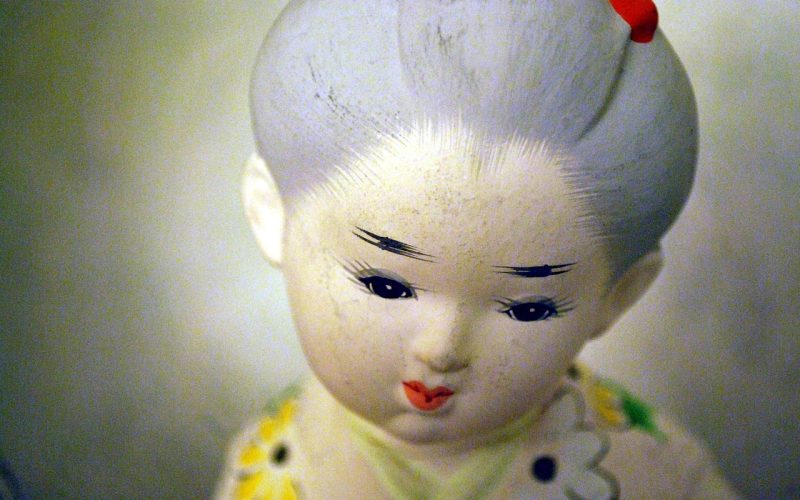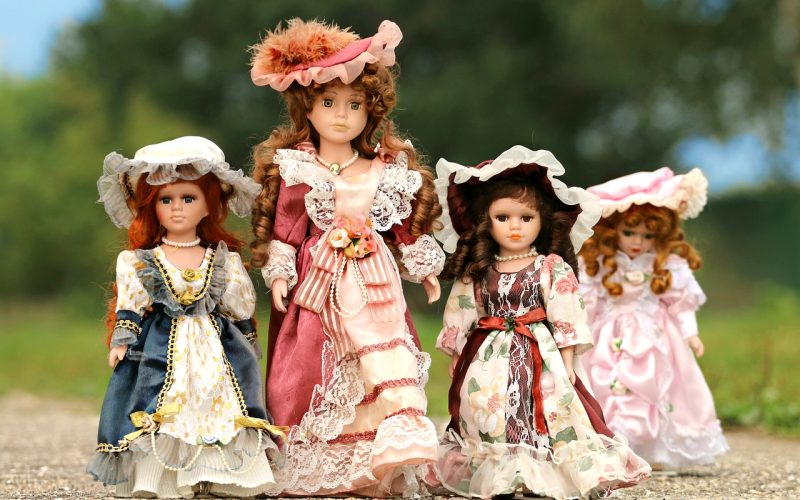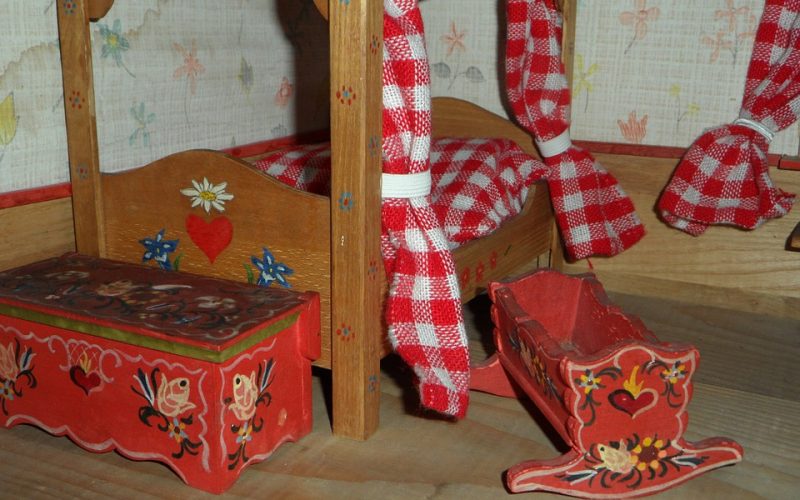The History and Evolution of Ceramic Dolls
Ceramic dolls hold a special place in the world of collectibles and art. These delicate treasures have captivated people for centuries with their craftsmanship and beauty. From their early beginnings to their modern-day status as cherished collectibles, ceramic dolls have a deep and fascinating history.
The origins of ceramic dolls
The history of ceramic dolls traces back to ancient civilisations where artisans began experimenting with various materials, including clay, to create figurines and toys. Early examples date to Ancient Egypt and Rome, where dolls were crafted from terracotta and simple ceramics. However, it wasn't until the 18th century in Europe that ceramic dolls, as we recognise them today, began to gain prominence. These early creations were primarily intended for children, serving as playthings and representations of adult life.
The advent of kaolin clay, also known as china clay, was a game-changer for ceramic production. This fine, white material offered superior plasticity and workability, which allowed skilled artisans to create more refined and realistic doll heads. The porcelain used in many traditional dolls owes its smoothness and durability to kaolin clay.
The golden age of ceramic doll making
The 19th century is often referred to as the golden age of ceramic dolls. During this period, demand soared as dolls became more detailed and lifelike. France and Germany led the way in doll production, with companies like Jumeau, Bru, and Armand Marseille becoming household names.
French manufacturers were renowned for their bisque dolls, a type of porcelain doll made from unglazed china clay. These dolls were characterised by their matte finish and delicately painted features. German makers, on the other hand, specialised in creating high-volume dolls at a more accessible price point, making them popular across Europe and North America. Advances in kilns and firing techniques during this period allowed for mass production, contributing to the widespread popularity of ceramic dolls.
Materials and craftsmanship
At the heart of ceramic doll-making is the meticulous use of kaolin clay and other fine materials. Kaolin clay's unique properties make it ideal for creating delicate yet durable doll components. Its fine grain and whiteness provide the perfect canvas for detailed painting and glazing, resulting in the stunningly lifelike dolls that collectors value today.
Crafting a ceramic doll is an intricate process that involves multiple steps, including moulding, firing, painting, and assembling. Initially, artisans sculpted the doll's head, arms, and legs before kiln-firing the pieces at high temperatures to harden the clay. After firing, these pieces were hand-painted and glazed, creating expressive features and lifelike complexions.
Modern evolution and collectability
While the practical role of ceramic dolls as children's toys has waned, their appeal as collectible and decorative items has only grown. Serious collectors around the world covet antique ceramic dolls for their historical significance and exquisite craftsmanship. Modern artisans and workshops continue to produce limited-edition dolls, blending traditional techniques with contemporary designs to appeal to today's audiences.
The resurgence of interest in handmade and sustainable products has also brought new appreciation for the traditional crafts involved in porcelain doll-making. Kaolin clay remains a key material, favoured for its purity and ability to produce intricate, long-lasting designs.
Preservation and cultural significance
Ceramic dolls are more than just items of beauty; they are cultural artefacts that offer a glimpse into the aesthetics, fashion, and social norms of their time. Victorian bisque dolls, for instance, reflect the elaborate styles of the era, while simpler, mass-produced versions from the early 20th century highlight the growing trend towards accessible toys for all.
Preserving these dolls involves careful handling to maintain their fragile components. Exposure to humidity, temperature changes, and physical damage can easily degrade their condition. Museums and collectors often invest in controlled environments to safeguard their unique collections.
Why ceramic dolls are timeless treasures
The enduring appeal of ceramic dolls lies in their timeless charm and rich craftsmanship. Whether created from fine kaolin clay or historical china clay, their delicate designs continue to captivate collectors and art enthusiasts alike. Beyond their aesthetic qualities, ceramic dolls serve as tangible connections to the past, reminding us of how toys and art have evolved alongside human culture.






